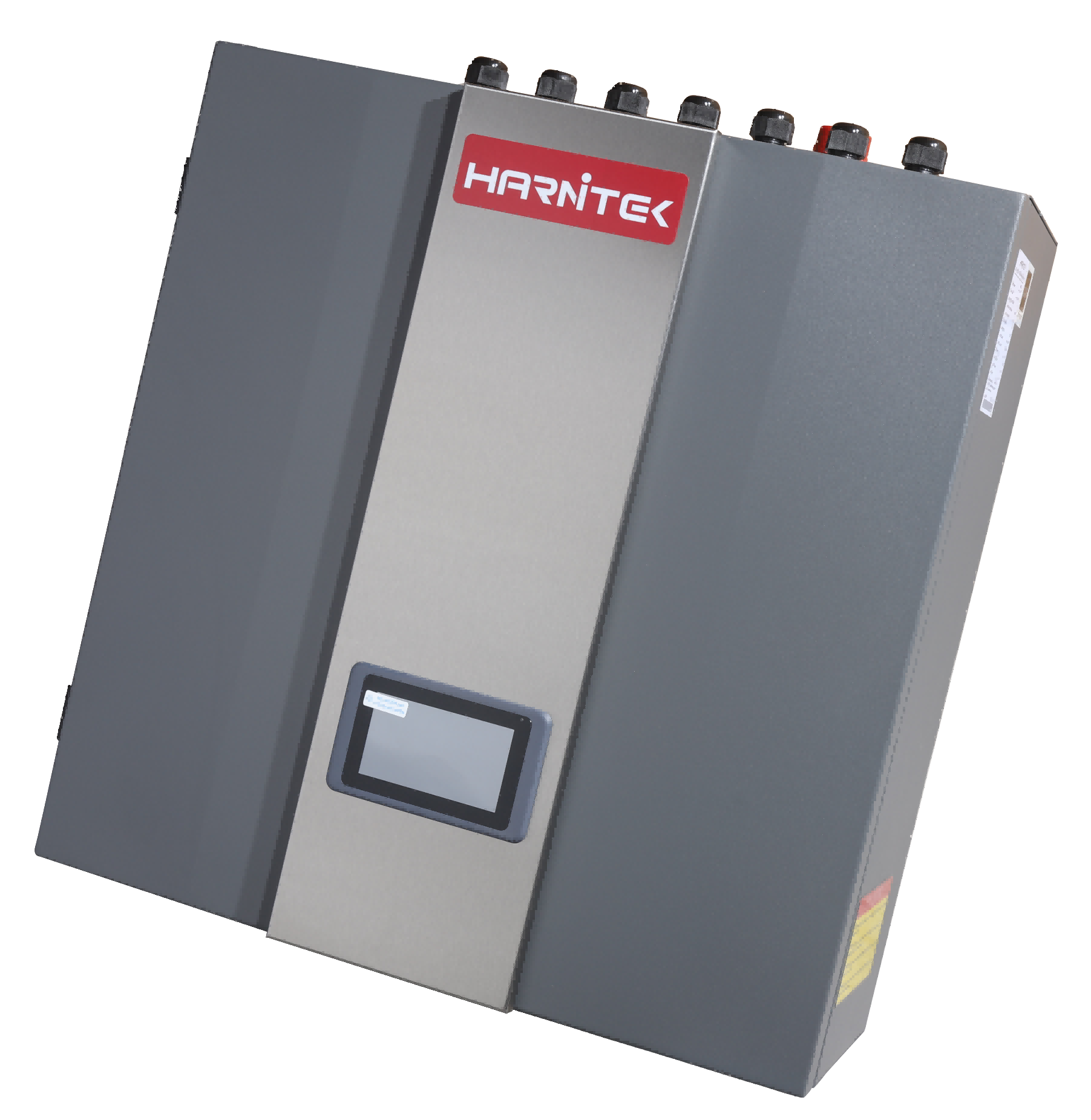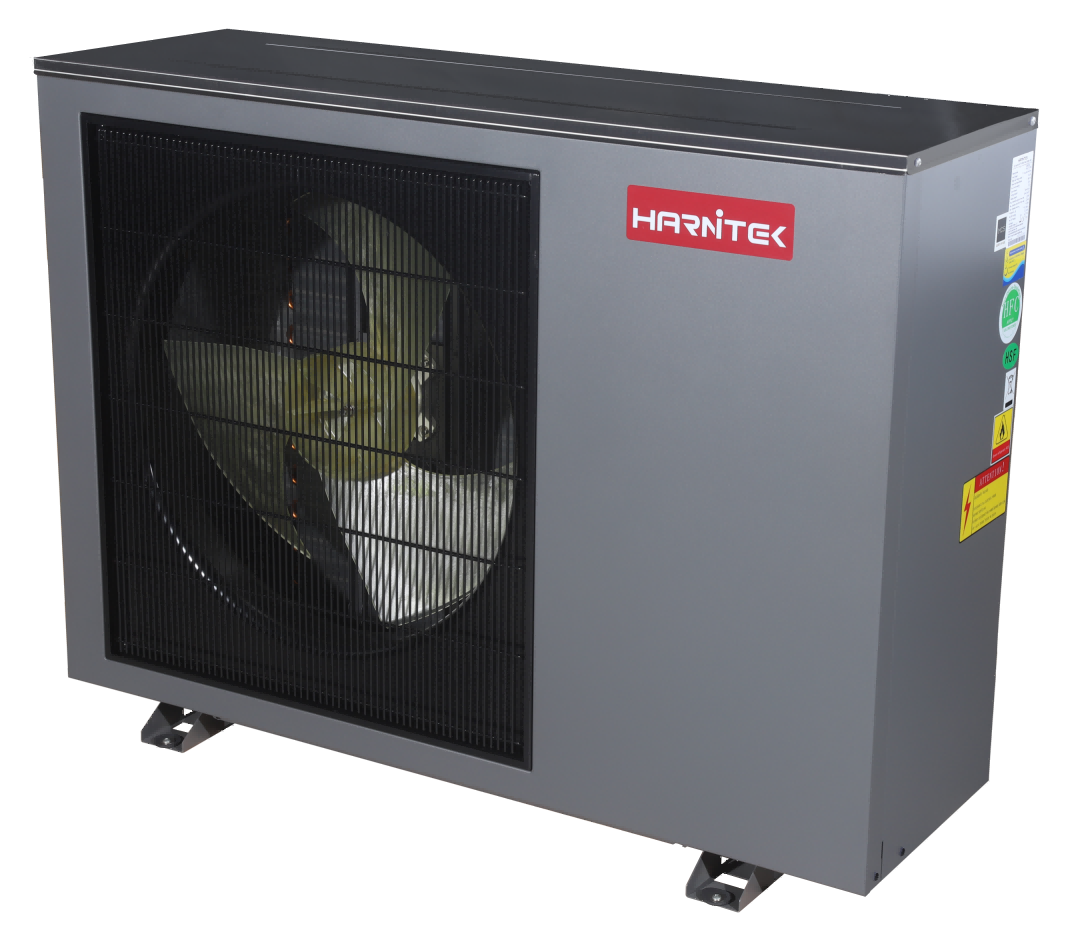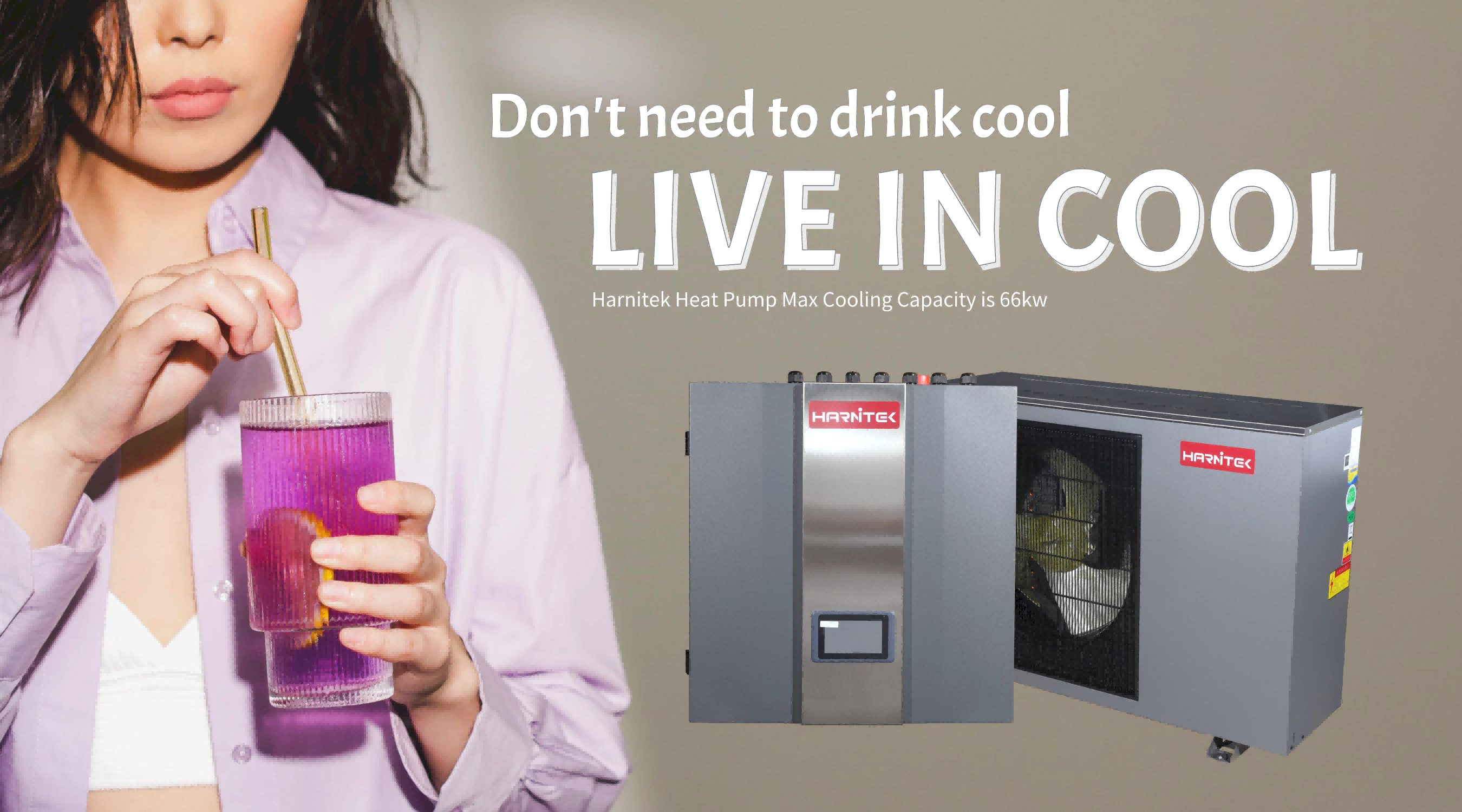15th May 2023
That’s why we prefer Air Source Heat Pumps than Air Conditioners
Both air source heat pumps and air conditioners have the ability to cool and heat, but why are more and more people more inclined to choose air source heat pumps now? What is the difference between them?
1. Working temperature & electricity cost:
Anyone who has turned on the air conditioner for heating knows that its heating performance is not really good, and also consumes a lot of electricity.
After reading the parameters of the air conditioner, you will know that it is related to the working temperature of the air conditioner. Under normal circumstances, the working temperature of the air conditioner is between -7°C and 43°C, which means that the air conditioner cannot work when it is lower than -7°C. However, in fact, when the temperature is 0°C, it is already difficult for the air conditioner to heat, so most air conditioners will use electric auxiliary heating at this time. Generally, there is an electric auxiliary function key on the remote control of the air conditioner. Therefore, the air conditioner consumes a lot of electricity when heating in winter, and the electricity bill is inevitably high.
Taking Harnitek’s air source heat pumps as an example, their working temperature is -25°C~43°C, and they adopt the technology of Enhanced Vapor Injection, which can withstand the low temperature outside in severe cold winters. In addition, Harnitek air source heat pump uses the heat in the air instead of simply relying on “electricity-to-heat” conversion, so the SCOP is as high as 4.3. Therefore, air source heat pumps’ heating effect is better than air conditioners, and can save more energy.


2. Usage experience
2.1 Heat exchange medium: If the air conditioner is turned on for a long time, many people will feel the mouth is dry and throat is getting hoarse, which is more obvious in winter. This is because the air conditioner is a fluorine system cycle, and the fluorine system will absorb a large amount of water from the air regardless of cooling or heating, and the result is we will lose body water in a dry environment. The air source heat pump is a water system circulation, through heating water, and then using the air supply to transfer the heat of the hot water, the moisture in the air will not decrease, and the overall humidity is more in line with the physiological habits of the human body.
2.2 Air supply direction: the general air supply direction of air conditioners is blowing from top to bottom, which can easily cause people to feel uncomfortable when the top is hot and the bottom is cold; while the air source heat pump is matched with heating terminal equipment, from bottom to top to provide heat, creating a environment that people feel cool on the head and feel warm on the feet, that is match with human comfortable zone. Although the working principles of air source heat pumps and air conditioners are similar, the comfort of air source heat pumps is better than that of air conditioners in terms of heating experience.

